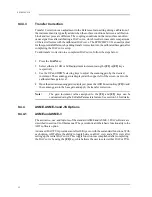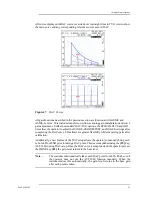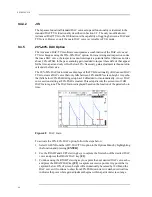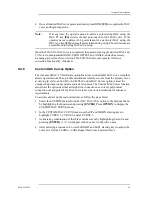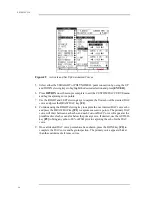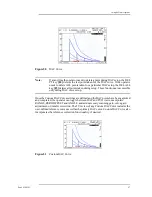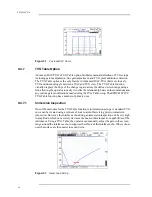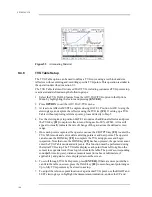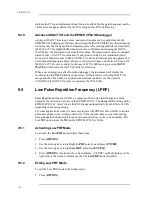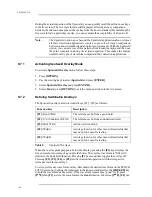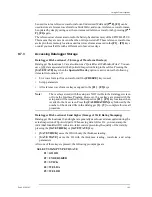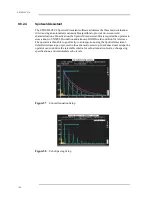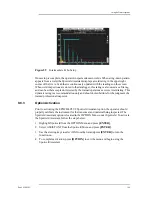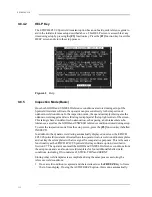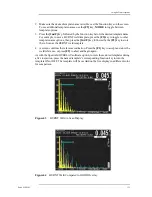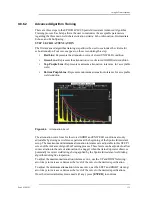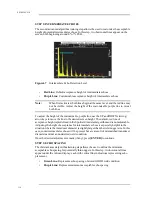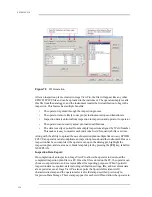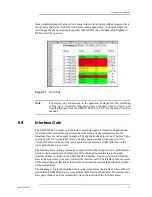
106
EPOCH 4PLUS
ENTER = SAVE WITHOUT Spotweld STAMP
The information is only saved once you choose the stamp. Each ID that you save has a two
letter code attached corresponding to the desired stamp. Examples of thickness readings
saved with the various stamps are shown below:
ID>0123456789012345 GD
1.00 in
(STICK)
ID>0123456789012345 US
1.00 in
(UNDERSIZED)
ID>0123456789012345 ST
1.00 in
(STICK)
ID>0123456789012345 WA
1.00 in
(WELD A)
ID>0123456789012345 WB
1.00 in
(WELD B)
9.8
Spotweld Assistant (SWA)
9.8.1
Description
The Spotweld Assistant (SWA) software for the EPOCH 4PLUS aids in the
characterization of weld nugget quality in Spotweld inspections to help build on the
template-comparison functionality of the EPOCH 4PLUS Spotweld Overlay feature,
adding the increased capability of an onboard Spotweld characterization algorithm with
adjustable criteria, allowing the user to customize the weld interrogation process to unique
user conditions. The Spotweld Assistant option is not intended to remove the necessity of
a highly trained operator, but rather is intended to aid such a trained professional in the
inspection process.
The ultrasonic interrogation and characterization of weld quality in Spotweld applications
is an increasingly popular technique. As opposed to many flaw detection applications that
monitor for errant reflections within a part and/or backwall dropout from a part, Spotweld
inspection involves analyzing the pattern of multiple echoes reflecting from a single weld
“nugget.” By comparing a series of multiple echoes from each nugget to known good and
bad welds of similar specifications, the quality, integrity, relative size, and composition of
unknown welds can be characterized. This pattern of multiple backwall echoes from the
weld nugget is commonly referred to as a “ring-down” pattern.
9.8.2
Basic Spotweld Characteristics
Spotweld ring-down patterns are analyzed according to three main criteria
•
Echo attenuation
•
Echo spacing
•
Presence and strength of intermediate echoes
Using these criteria as compared to a known “GOOD” weld condition and a known bad (or
“UNWELD”) condition, an inspector can characterize the quality of the weld and can rate
the weld according to multiple forms of defects. Some of these defects include:
•
Undersized welds (critically small nugget size)
•
Stick welds (no weld nugget formed)
Summary of Contents for Panametrics Epoch 4 Plus
Page 4: ...EPOCH 4PLUS...
Page 10: ...EPOCH 4Plus...
Page 18: ...8 EPOCH 4PLUS...
Page 40: ...30 EPOCH 4PLUS...
Page 50: ...40 EPOCH 4PLUS...
Page 54: ...44 EPOCH 4PLUS...
Page 92: ...82 EPOCH 4PLUS...
Page 172: ...162 EPOCH 4PLUS...

